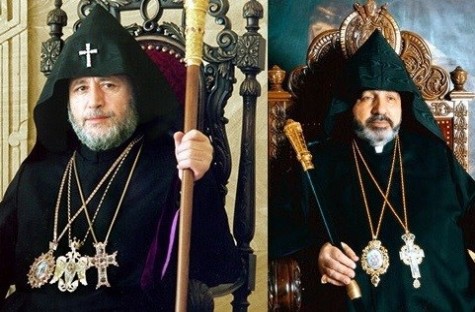
On February 2014, I had written a report about the Armenian Apostolic Church.[i] The report contained some general information about the history and the structure of national church of the Armenian people. The report also explained the then recent dispute within the Church. At the center of the dispute was the alleged character and misconduct of Catholicos of Etchmiadzin Karekin II, the spiritual leader of all Orthodox Armenians. Diasporan Armenians, especially those raised with the Western values that emphasize democratic and transparent governance, were especially vocal about their criticism of the Catholicos. Karekin II and his supporters replied by stressing that such criticisms were part of a smear campaign directed at Karekin II, and that the content of the calls for better governance made by the diasporan Armenians were simply incompatible with the traditional values espoused by the Church.
During this dispute that started in 2013 and continued onto early 2014, Patriarch of Jerusalem Nourhan Manougian was one of those most critical of Karekin II. It should be noted that the Armenian Patriarchate of Jerusalem is one of the four autonomous administrative units of the Armenian Apostolic Church.[ii] In terms of rank in the Church, the Patriarch is second only to the Catholicos, and as such the words of criticisms of the Patriarch carry great importance. In a letter addressed to Karekin II in the summer of 2013, Manougian harshly criticized Karekin II for alleged his interventionist and authoritarian demeanor, and also for his mistreatment of Norvan Zakarian, ex-archbishop and former spiritual leader of the Armenians of France.[iii]
Part of Manougian’s criticism regarding Karekin II’s alleged interventionism focused on his disregard for the high status traditionally attributed to the Armenian Patriarchate of Jerusalem and Istanbul. On this issue, Patriarch of Istanbul Mesrob II Mutafian (who is no longer in active duty due to illness) had voiced similar concerns.[iv] In May 2013, as in even before the aforementioned dispute, Manougian had sent a letter to Karekin II criticizing him for attempting to intervene in the internal affairs of the Patriarchate of Jerusalem.[v] In November 2014, Manougian wrote a second letter to Karekin II on the same topic, but this time he published it on the internet.[vi] In the letter, Manougian explains why the letter was published on the internet: “Bearing in mind that you [Karekin II] lack the basic courtesy of responding to the Patriarchate’s previous letter, we preferred to send this letter via the website.” As it can be gathered from this quote, the second letter contains some rather harsh words for Karekin II, and as such has garnered quite a reaction (both pro and con) in the Armenian community.
Manougian’s letter contains many of the accusations leveled against Karekin II in 2013, but it is essentially centered on Manougian’s belief that Karekin II has, from very beginning of his incumbency as a Catholicos, sought to demote the status of Patriarchate of Jerusalem to a diocese. Manougian asserts that this issue was again brought up by Karekin II in September 2013 and that his self-interested supporters have echoed Karekin II’s calls for demotion. In Manougian’s own words: “Your Holiness not very long ago attempted to neutralize the Armenian Patriarchates of Jerusalem and Constantinople and failed. Do not try again. … what is it that gives you the authority to encourage your stooges to adopt such a negative stance towards the [Patriarchate of Jerusalem]? Do you think you are wiser than your predecessors? Commercial and business acumen are not manifestations of wisdom. You can buy men and discard men but CAN NEVER USURP AND APPROPRIATE HOLINESS.”
According to Manougian, Karekin II pursues such a policy because he is a money-obsessed man “intoxicated by [his] uncontrollable desire for absolute authority” According to Manougian, such a demeanor has led to the creation of a “despotic regime” under Karekin II, and that he is in league with “anti-religious and faithless political leaders” to further his goals.
Besides such accusations, Manougian describes Karekin II as an immature man lacking common sense, and who makes capricious and irresponsible decisions. Manougian expresses that not only has Karekin II launched a crusade against the Patriarchate of Jerusalem, but that his “senseless and destructive acts” are ending up damaging the Armenian Apostolic Church – the institution that he should be protecting as its leader. Manougian calls upon Karekin II to rediscover the spiritual values of their faith, and failing that, defrock himself to prevent further damage to the Church.
Unlike his first letter (which received no response), an official response to Manougian’s second letter did not take too long. On December 2014, the Supreme Spiritual Council of the Mother See of Holy Etchmiadzin (governed by Karekin II) issued a response[vii] that refutes the claims made by Manougian about the demotion of the Patriarchates. In the official response, Manougian’s claims about demotion are characterized as “fabricated accusations”.
The official response also criticizes Manougian for displaying unacceptable behavior, and using “vocabulary and style unsuitable for a clergyman” that tarnishes “the lofty position of patriarch, striking a blow at the prestige of the Armenian Church and spiritual authority.” The official response also warns Manougian to act in a more responsible manner with the nearing of the centennial of the so called Armenian Genocide, and to be respectful of the oath he took for faithfulness towards the Mother See of Holy Etchmiadzin and its Catholicos (Karekin II).
As I had stated in my February 2014 report, such a disputes are strictly an internal affair for the Armenian community. No matter how heated such disputes might get, as is the case between Karekin II and Nourhan Manougian, they do not mean that Armenians’ attention is divided, especially on the eve of the centennial of the events of 1915. Armenians have attributed great emotional value to the centennial, and they will use all of their available energy in an attempt to force Turkey to accept their one-sided version of tragic historical events.
For Armenians, a fundamental way of furthering claims of genocide has been the use of religion and their Christian identity. The encyclical penned by Karekin II on the centennial of the so-called Armenian Genocide, which was made public on the end of December 2014, serves as a clear example of this.[viii] As a letter meant to be distributed within the structure of a church, it is only natural that an encyclical is filled with religious themes. However, through the wording of the encyclical, Karekin II adds a layer of subjectivity that blurs the content of an already highly contentious issue.
Various quotes from Karekin II’s encyclical can be given to demonstrate the addition of a layer of subjectivity:
“Each day of 2015 is a day of remembrance and devotion for our people, a spiritual journey to the memorials of our martyrs in the Homeland and the Diaspora, before which we humbly kneel in prayer with offerings of incense for the souls of our innocent victims, who abide in unmarked graves, having accepted death rather than rejecting their faith and nation.”
“…while Eastern Armenia was waging a life-and-death struggle for survival against Turkish invaders – it was hard to believe in the future of the Armenian people. Nevertheless a new dawn came. By the grace of the Lord, our people rose up from death.”
“You, O Lord, willed that our people - condemned to death by a genocidal plan - should live and rise again, so that we might raise this just cause before the conscience of humanity and the law of nations, to free the world of the callous indifference of Pilate and the criminal denial of Turkey.”
“As Pontiff of the Armenians, it is spiritually consoling to announce to our people that on April 23, 2015, during the Divine Liturgy, our Holy Church will offer a special service canonizing its sons and daughters who accepted martyrdom as saints “for faith and for Homeland”, and will proclaim April 24 as the day of remembrance for the Holy Martyrs of the Genocide.”
There are a number of points in these quotes that warrant comment:
Karekin II’s use of “innocent victims” and “martyrs” who “accepted death rather than rejecting their faith and nation” at the same time is problematic. A martyr means someone who “voluntarily suffers death as the penalty of witnessing to and refusing to renounce a religion” or someone who “sacrifices something of great value and especially life itself for the sake of principle”.[ix] In terms of the meaning of words, “martyr” and “victim” do not overlap very well. A martyr implies someone who actively struggled for a cause, a victim implies a passive bystander who nevertheless suffers injury.
Furthermore, Armenians were not targeted due to their religion, nor were they required by the Ottoman Empire to recant their Christianity to be spared. In fact, archival documents exist that run completely contrary to Karekin II’s claims; while the relocation was being carried out, certain Armenian communities announced their conversion to Islam, but the Ottoman administration deemed such conversions to be insincere attempts to gain exemption from relocation and thus did not exempt them.[x] It is also an established fact that during events of 1915, many Armenians were actively carrying out an insurgency against the Ottoman Empire to establish an independent Armenian state within the territory of the Ottoman Empire. In such a context, is it appropriate to refer to every Armenian who lost their lives or those who suffered injury in some form (physical, mental, financial etc.) during events of 1915 as “innocent”?
Were armed Armenian gangs, who engaged in sabotage against the Ottoman army, who pillaged Muslim villages and committed gang rape, who instigated a campaign of violence that resulted in the death of around 518,000 Turks and other Muslims[xi] - all during a drive to establish an independent Armenian state; were they innocent? Were Armenian volunteers who actively sided against the Ottoman army under Russian and French army banner; were they innocent? Was Boghos Nubar Pasha, acting as the representative of Ottoman Armenians, and Avetis Aharonian, representative of the First Republic of Armenia - who took part in the deliberation at the Paris Peace Conference of 1919 (during which the Treaty of Sèvres was prepared) with the intent to completely partition Ottoman lands;[xii] were they or those who thought like them or actively supported them innocent?
When Karekin II mentions “Eastern Armenia” in the context of the “life-and-death struggle for survival”, he is referring to what would eventually become the First Republic of Armenia. Contrary to what Karekin II alleges, this was not a struggle for survival. This was an offensive carried out by Armenian forces, which would eventually turn into the Eastern Front of the Turkish War of Independence, in which Turkish forces pushed back invading Armenian forces. If there was “a life-and-death struggle for survival”, it was for the Ankara government which was rebelling against the Ottoman government in Istanbul, and which was fighting back the various victorious powers who were invading the lands of the Ottoman Empire in the aftermath of the First World War. The Eastern Front was a clear military victory for the Ankara government, which signed a peace treaty with Armenia (Treaty of Alexandropol, 1920), its first treaty with an internationally recognized state. It was a treaty signed on Turks’ terms, yet if this was really “a life-and-death struggle” between Armenians and Turks, why would the Turks put in the effort to end hostilities by signing a peace treaty? Armenians were not spared further hostilities because of the “grace of the Lord”, but through the signing of a peace treaty between the Turkish and the Armenian governments.
Karekin II talks of a “genocidal plan” carried out against Armenians by “Ottoman Turkey” (a term used by Karekin II in the encyclical) and Turkey’s “criminal denial” of it. This “Ottoman Turkey” was the one that allowed American Committee for Armenian and Syrian Relief (Near East Relief) - a Western charity organization that relied on Christian missionaries to distribute aid – to help alleviate the condition of Armenians who were being relocated.[xiii] This “Ottoman Turkey”s commander of the 4th Army, Cemal Pasha (one of the leading figures of the Committee of Union and Progress) used resources under his command (the Ottoman administration was fully aware of this) to distribute humanitarian aid to the Armenians being relocated.[xiv] This “Ottoman Turkey” took measures to protect the lives and properties of relocated Armenians, and provided aid and handed back property to those Armenians who wished to return to their homes after the relocation process ended.[xv] This “Ottoman Turkey” prosecuted and handed out punishment (including capital punishment) to Ottoman officials who abused Armenians during the relocation, and this legal process started with the initiative of Talat Pasha himself (the supposed “mastermind” of the so-called genocide).[xvi]
Karekin II states that it is a “just cause” to raise this “genocidal plan … before the conscience of humanity and the law of nations”. Armenia is a party to the Convention on the Prevention and Punishment of the Crime of Genocide adopted on 1948. If there is indeed a “criminal denial” by Turkey, then Armenia has the right take Turkey to court (International Court of Justice) on this issue. Armenia has been a party to this Convention since 1993, yet Armenia has never attempted take this issue to court. If this is indeed a “just cause”, why has it not been taken to court yet?
As regards to the statement about the freeing “the world of the callous indifference of Pilate and the criminal denial of Turkey”, Karekin II has placed Turkey in the same category as the Ancient Roman official (Pontius Pilate) who headed the trial of Jesus Christ and ordered his crucifixion. Karekin II has, in essence, equated Turks to crucifiers of a prophet simply because they do not agree with Armenians’ version of historical events. This is an extremist argument unfitting of the spiritual leader of a respectable denomination of Christianity.
By using the term “Holy Martyrs of the Genocide”, Karekin II in essence asserts that the loss of the life of every single Armenian (1.5 million according to Karekin II, which is itself an uncorroborated assertion) during the events of 1915 was the result of a holy struggle. Were the members of the Armenians gangs responsible for the deaths of around 518,000 Muslims a part of this holy struggle? Were to the likes Boghos Nubar who espoused the partitioning of Ottoman lands and who collaborated with foreign invasion forces a part of this holy struggle? Are the people who lost their lives during their pursuit of such goals to be considered a part of the innocent holy martyrs? If is within conscience to consider such people as the martyrs to be canonized; then the mentality which attempts to portray every Turk as being genocidal, or for Turkey being in the same league as the crucifiers of Jesus Christ should come as no surprise.
* Photos of Karekin II and Nourhan Manugyan’s photos have been taken from the official website of the Mother See of Holy Etchmiadzin. http://www.armenianchurch.org/
[i] Mehmet Oğuzhan Tulun, “The Armenian Apostolic Chuch”, Center for Eurasian Studies (AVIM), Report No: 4 (February 2014), http://www.avim.org.tr/uploads/raporlar/RAPOR-4yeni.pdf
[ii] The other three administrative units are the Mother See of Holy Etchmiadzin (Vagharshapat/Etchmiadzin, Armenia), the Holy See of Cilicia (Antelias, Lebanon), and the Armenian Patriarchate of Istanbul.
[iii] “Archbishop Norvan Zakarian of France resigns”, AZAD-Hye.net (accessed on 12.01.2015), http://www.azad-hye.net/news/viewnews.asp?newsId=508ajsd48. Also see my report for additional details.
[iv] “Patriarch of Jerusalem Speaks out against Karekin II”, Agos.com.tr (accessed on 12.01.2015), http://www.agos.com.tr/en/article/9854/patriarch-of-jerusalem-speaks-out-against-karekin-ii
[v] “Patriarch of Jerusalem Speaks out against Karekin II”.
[vi] Patriarch Nourhan Manoukian, “Patriarch Manoukian to Catholicos Karekin II”, letter shared by Keghart.com (accessed on 12.01.2015), http://www.keghart.com/Patriarch-N-Manoukian-Letter
[vii] “Supreme Spiritual Council of Echmiadzin Responds to Patriarch of Jerusalem”, The Armenian Mirror-Spectator (accessed on 12.01.2015), http://www.mirrorspectator.com/2014/12/06/supreme-spiritual-council-of-echmiadzin-responds-to-patriarch-of-jerusalem/
[viii] “Karekin II’s encyclical on Armenian Genocide Centennial made public”, Mediamax.am (accessed on 12.01.2015), http://www.mediamax.am/en/news/society/12754
[ix] Definition taken from: “martyr”, Merriam-Webster.com (accessed on 12.01.2015), http://www.merriam-webster.com/dictionary/martyr
[x] İsmet Binark (ed.), Armenians in Ottoman Documents (1915-1920), (Ankara: Prime Ministry of the Republic of Turkey’s General Directorate of the State Archives, 1995), pp. 63, 76. Note: this source uses the term “deportation” to refer to the moving of the Armenians from where they lived. Deportation means forcibly sending someone out of the territory of state. Yet, the process carried out with regards to the Armenians involved moving them within the borders of the Ottoman Empire. Therefore, the term “relocation” would be more appropriate within this context.
[xi] Yusuf Sarınay (ed.), Ermeniler Tarafından Yapılan Katliam Belgeleri/Documents on the Massacre Perpetrated by Armenians – Vol. I (1914-1919) and Vol. II (1919-1921), (Ankara: Başbakanlık Devlet Arşivleri Genel Müdürlüğü, 2001), pp. 377, 1054.
[xii] Further information can be found at: Ömer Engin Lütem, “The Armenian Demands at the Paris Peace Conference of 1919”, Review of Armenian Studies, issue 11-12, Volume 4, 2007.
[xiii] Hikmet Özdemir, Cemal Paşa ve Ermeni Göçmenler: 4. Ordu’nun İnsani Yardımları/Cemal Pasha and the Armenian Immigrants: The Humanitarian Aid of the 4. Army, (İstanbul: Remzi Kitapevi, 2009), p. 15.
[xiv] Further information can be found at: Özdemir, Cemal Paşa ve Ermeni Göçmenler.
[xv] There are various documents contained in Armenians in Ottoman Documents that point to this. For documents regarding instructions for and reports about protection of Armenians, please see pages 47, 48, 55, 94, 98, 128, 157 and 214. For documents regarding instructions for and reports about giving aid to Armenians , please see pages 27, 45, 125, 130, 131, 145, 150, 159, 164, 168, 211, 213. For documents regarding instructions for and reports about the return of Armenians, please see pages 185, 186, 187, 190, 191, 193, 204, 236, 243, and 254. For documents regarding instructions for and reports about protecting and giving back the properties of Armenians, please see pages 58, 60, 217, 227, 228, 231, 245, 259.
[xvi] Maxime Gauin, “Mr. Nalbandian Did Not Tell The Truth”, Center for Eurasian Studies (AVIM), http://www.avim.org.tr/yorumnotlarduyurular/en/MR--NALBANDIAN-DID-NOT-TELL-THE-TRUTH/3627
© 2009-2025 Center for Eurasian Studies (AVİM) All Rights Reserved
No comments yet.
-
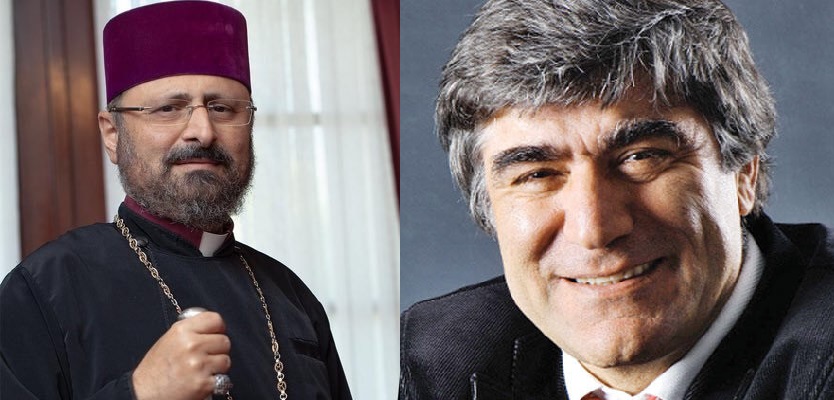 ATTEMPTS AT DIASPORIZING TURKISH ARMENIANS - IV
ATTEMPTS AT DIASPORIZING TURKISH ARMENIANS - IV
Mehmet Oğuzhan TULUN 04.03.2020 -
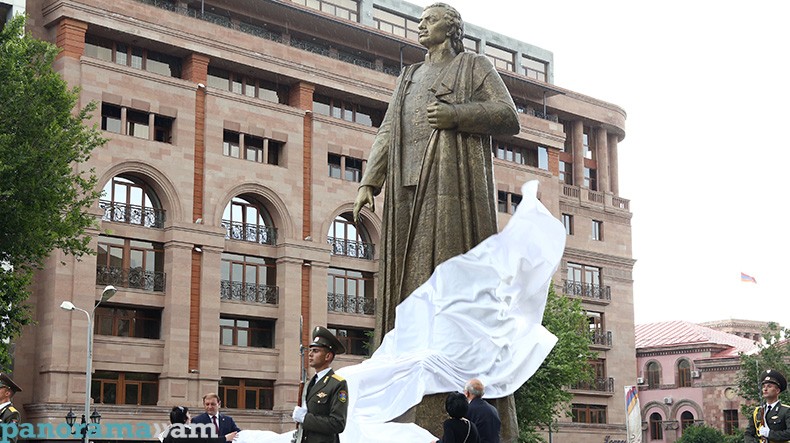 A NAZI WHO IS ARMENIA’S NATIONAL HERO
A NAZI WHO IS ARMENIA’S NATIONAL HERO
Mehmet Oğuzhan TULUN 16.06.2016 -
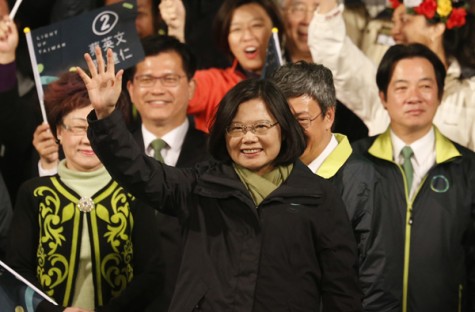 TAIWAN’S POLITICAL TURN: TSAI ING-WEN’S ELECTED AS THE PRESIDENT OF THE REPUBLIC OF CHINA
TAIWAN’S POLITICAL TURN: TSAI ING-WEN’S ELECTED AS THE PRESIDENT OF THE REPUBLIC OF CHINA
Mehmet Oğuzhan TULUN 20.01.2016 -
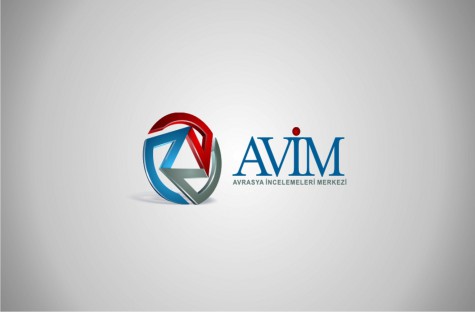 JOINT STATEMENT OF THE CO-CHAIRS OF THE MINSK GROUP ON PEACE IN NAGORNO-KARABAKH
JOINT STATEMENT OF THE CO-CHAIRS OF THE MINSK GROUP ON PEACE IN NAGORNO-KARABAKH
Mehmet Oğuzhan TULUN 13.05.2014 -
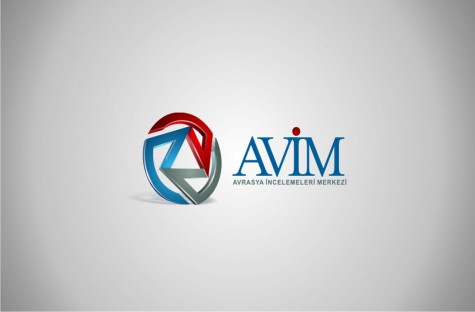 A HYPOCRITICAL CALL FOR INTER-RELIGIOUS DIALOGUE
A HYPOCRITICAL CALL FOR INTER-RELIGIOUS DIALOGUE
Mehmet Oğuzhan TULUN 17.09.2015
-
THE BALKANS – EU – TURKEY
Alev KILIÇ 03.10.2012 -
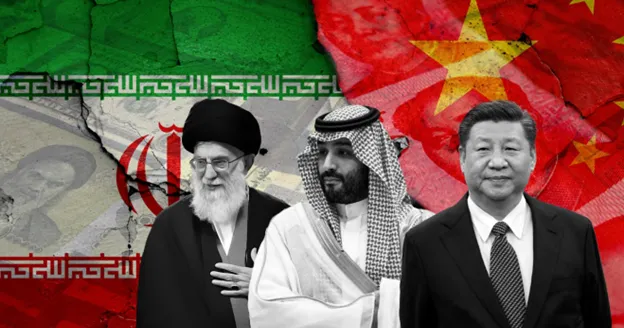 IS IRAN GETTING MORE ISOLATED?
IS IRAN GETTING MORE ISOLATED?
Turgut Kerem TUNCEL 06.01.2023 -
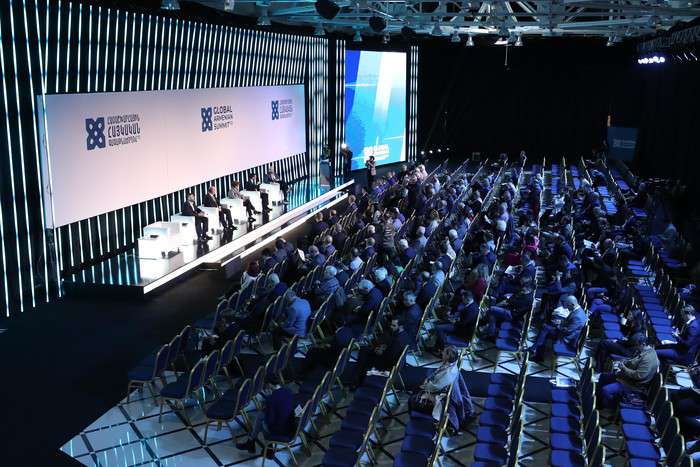 YET ANOTHER ARMENIA-DIASPORA SUMMIT: CONSTANT DEJA VU
YET ANOTHER ARMENIA-DIASPORA SUMMIT: CONSTANT DEJA VU
Turgut Kerem TUNCEL 07.11.2022 -
THE PROPOSAL TO OPEN THE ARCHIVES TO THE JOINT RESEARCH OF TURKISH, ARMENIAN AND IMPARTIAL SPECIALISTS, SCHOLARS AND HISTORIANS IS STILL VALID
Alev KILIÇ 20.11.2012 -
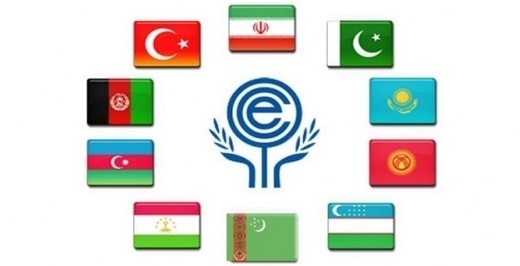 A MODEL THAT NEEDS TO BE DEVELOPED FOR REGIONAL COOPERATION: ECONOMIC COOPERATION ORGANIZATION
A MODEL THAT NEEDS TO BE DEVELOPED FOR REGIONAL COOPERATION: ECONOMIC COOPERATION ORGANIZATION
Gülperi GÜNGÖR 21.04.2021
-
25.01.2016
THE ARMENIAN QUESTION - BASIC KNOWLEDGE AND DOCUMENTATION -
12.06.2024
THE TRUTH WILL OUT -
27.03.2023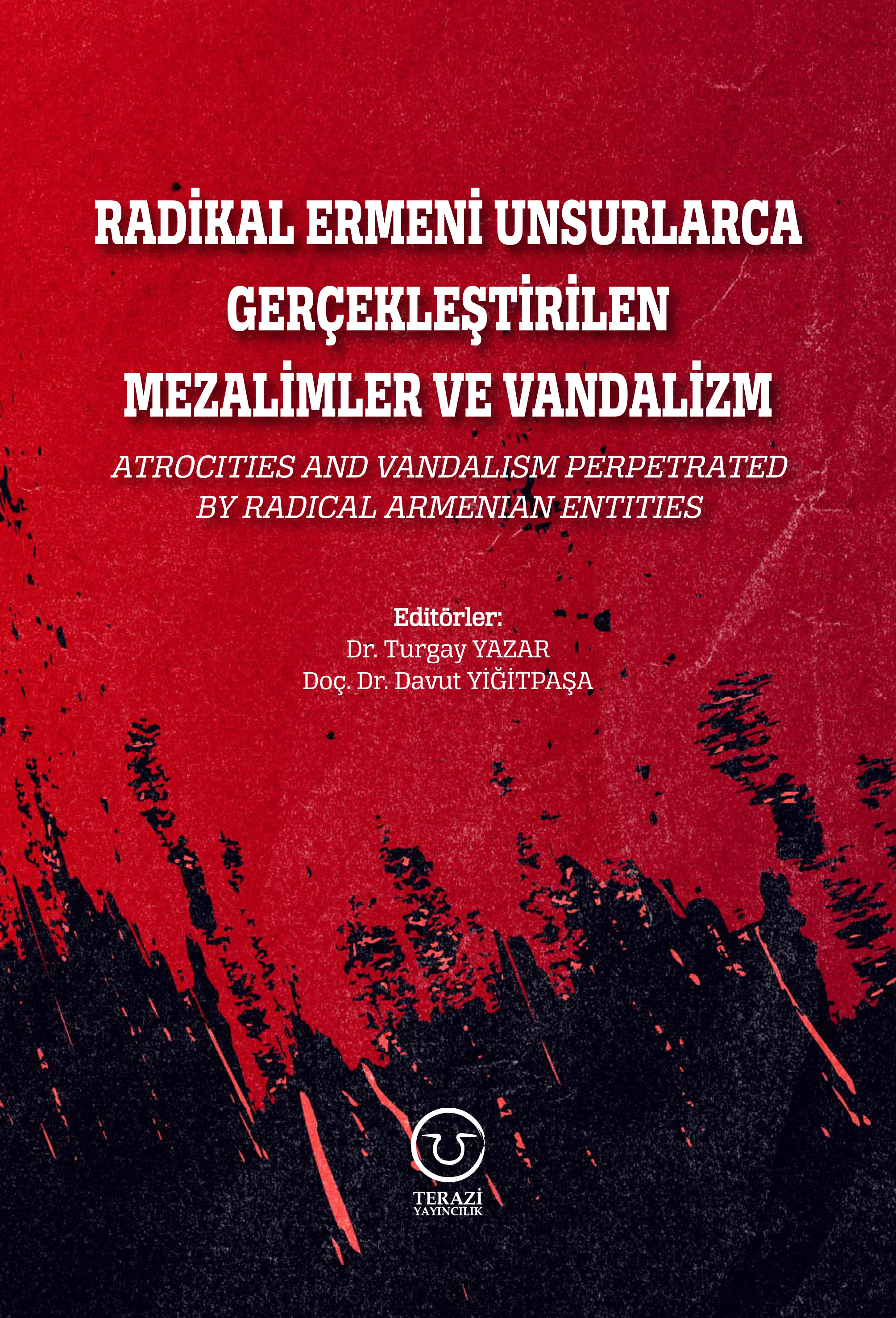
RADİKAL ERMENİ UNSURLARCA GERÇEKLEŞTİRİLEN MEZALİMLER VE VANDALİZM -
17.03.2023
PATRIOTISM PERVERTED -
23.02.2023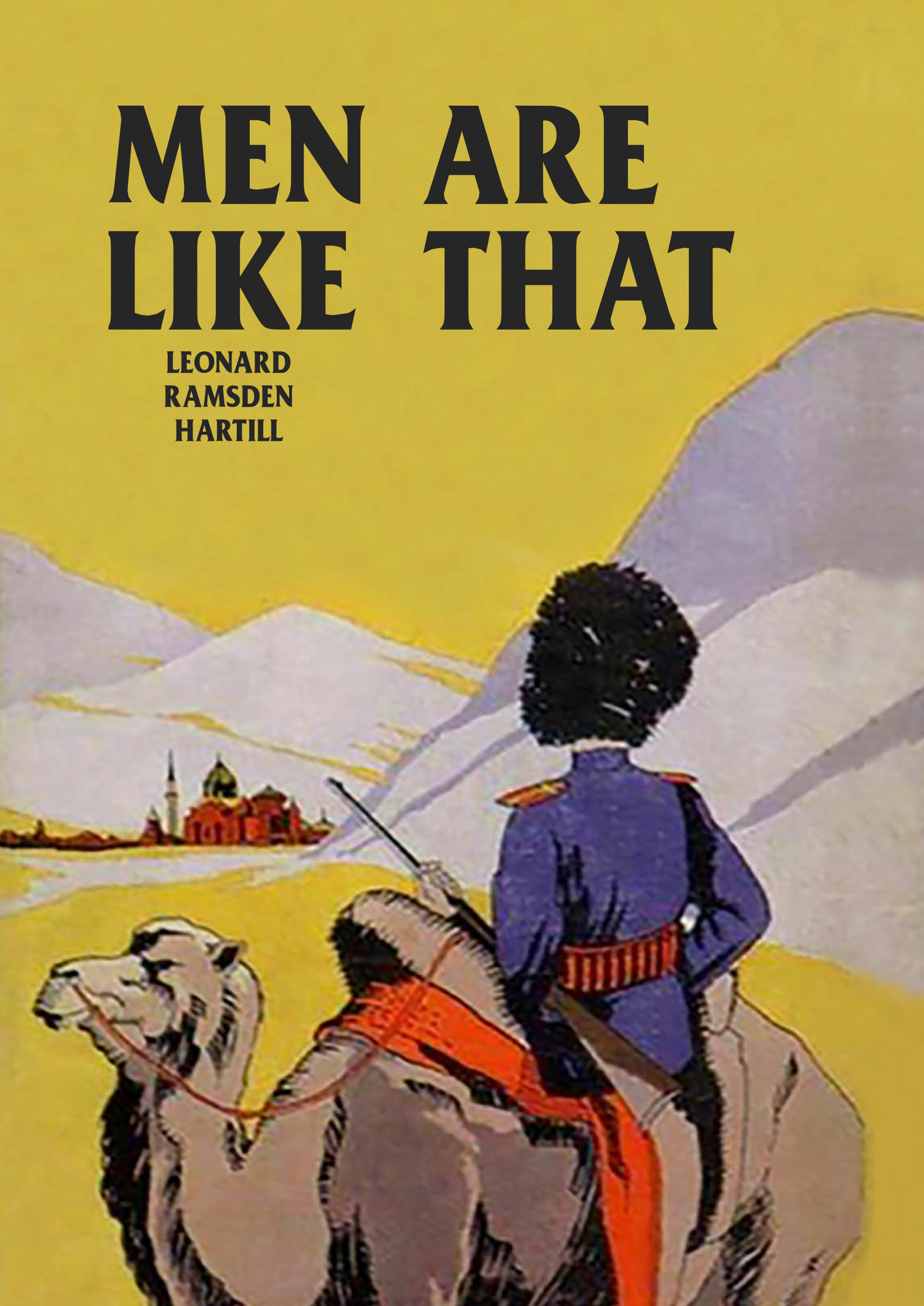
MEN ARE LIKE THAT -
03.02.2023
BAKÜ-TİFLİS-CEYHAN BORU HATTININ YAŞANAN TARİHİ -
16.12.2022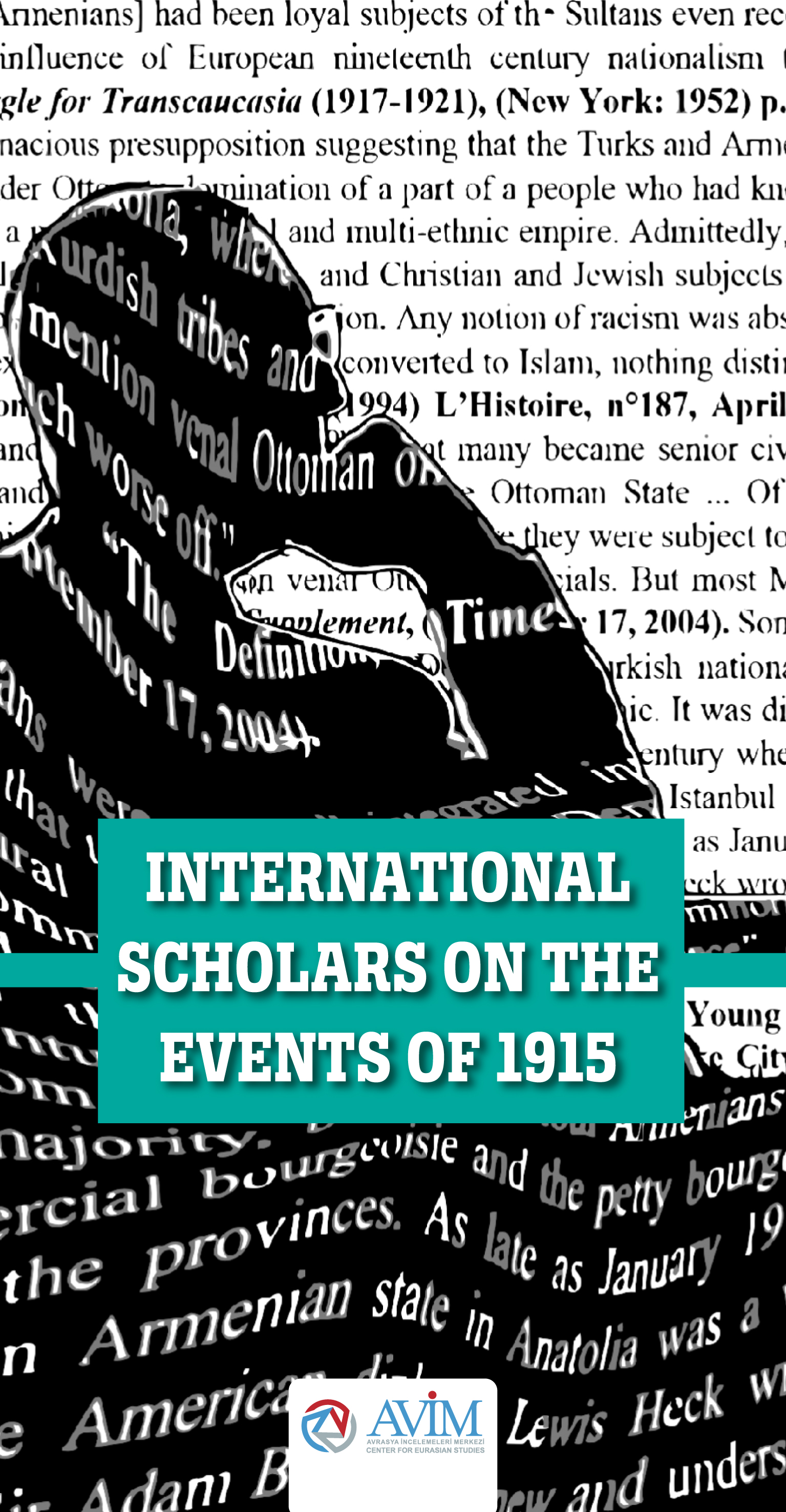
INTERNATIONAL SCHOLARS ON THE EVENTS OF 1915 -
07.12.2022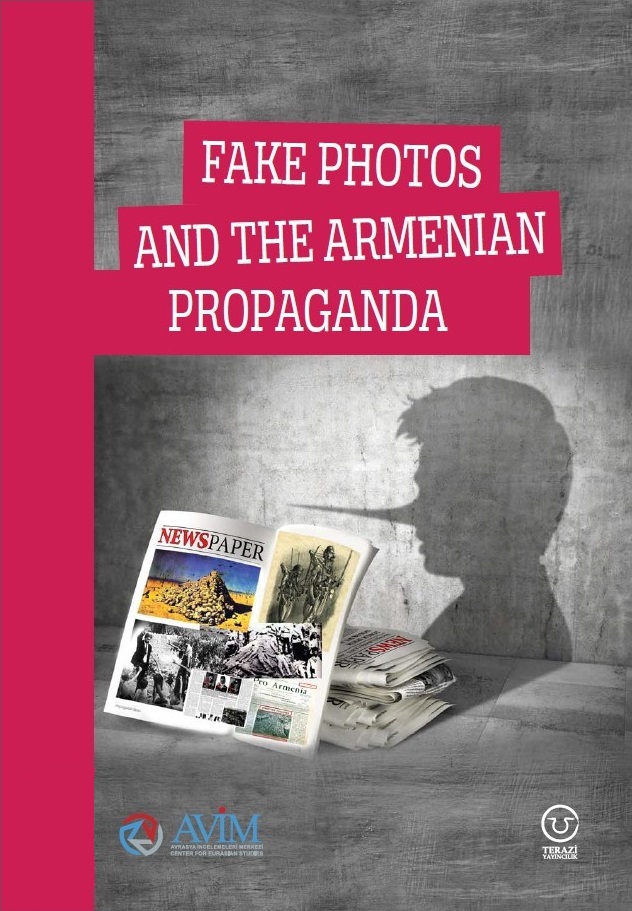
FAKE PHOTOS AND THE ARMENIAN PROPAGANDA -
07.12.2022
ERMENİ PROPAGANDASI VE SAHTE RESİMLER -
01.01.2022
A Letter From Japan - Strategically Mum: The Silence of the Armenians -
01.01.2022
Japonya'dan Bir Mektup - Stratejik Suskunluk: Ermenilerin Sessizliği -
03.06.2020
Anastas Mikoyan: Confessions of an Armenian Bolshevik -
08.04.2020
Sovyet Sonrası Ukrayna’da Devlet, Toplum ve Siyaset - Değişen Dinamikler, Dönüşen Kimlikler -
12.06.2018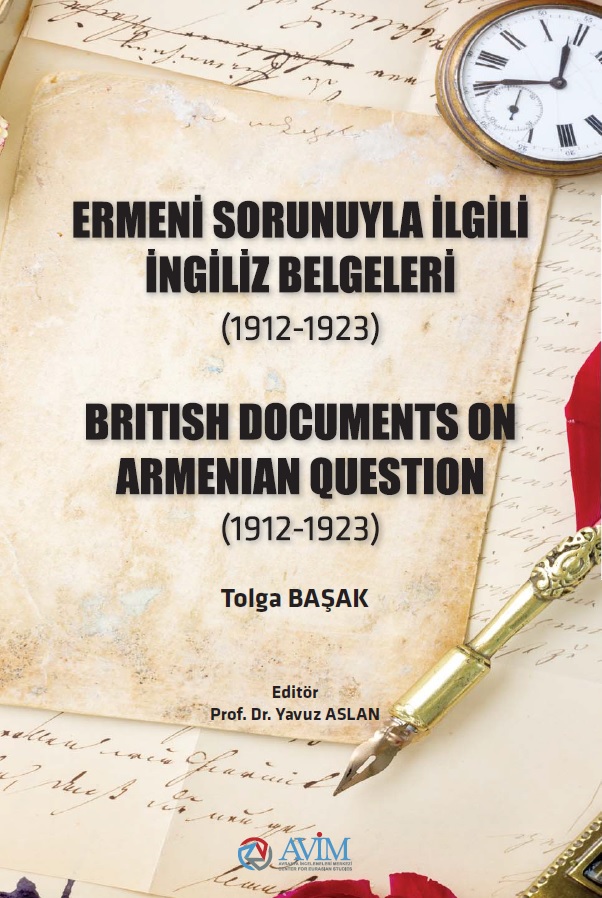
Ermeni Sorunuyla İlgili İngiliz Belgeleri (1912-1923) - British Documents on Armenian Question (1912-1923) -
02.12.2016
Turkish-Russian Academics: A Historical Study on the Caucasus -
01.07.2016
Gürcistan'daki Müslüman Topluluklar: Azınlık Hakları, Kimlik, Siyaset -
10.03.2016
Armenian Diaspora: Diaspora, State and the Imagination of the Republic of Armenia -
24.01.2016
ERMENİ SORUNU - TEMEL BİLGİ VE BELGELER (2. BASKI)
-
AVİM Conference Hall 24.01.2023
CONFERENCE TITLED “HUNGARY’S PERSPECTIVES ON THE TURKIC WORLD"









